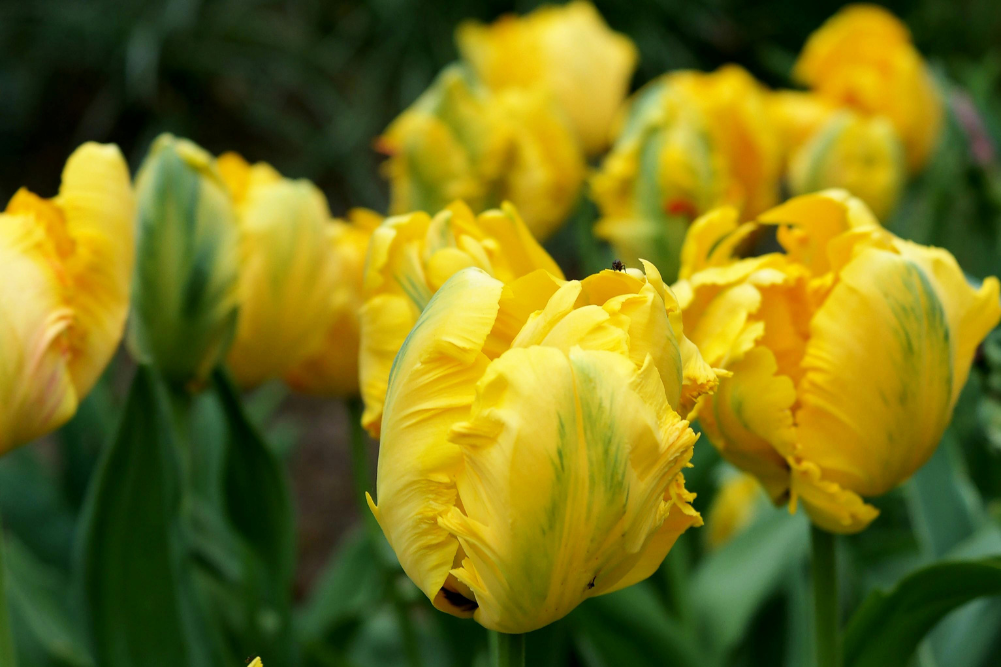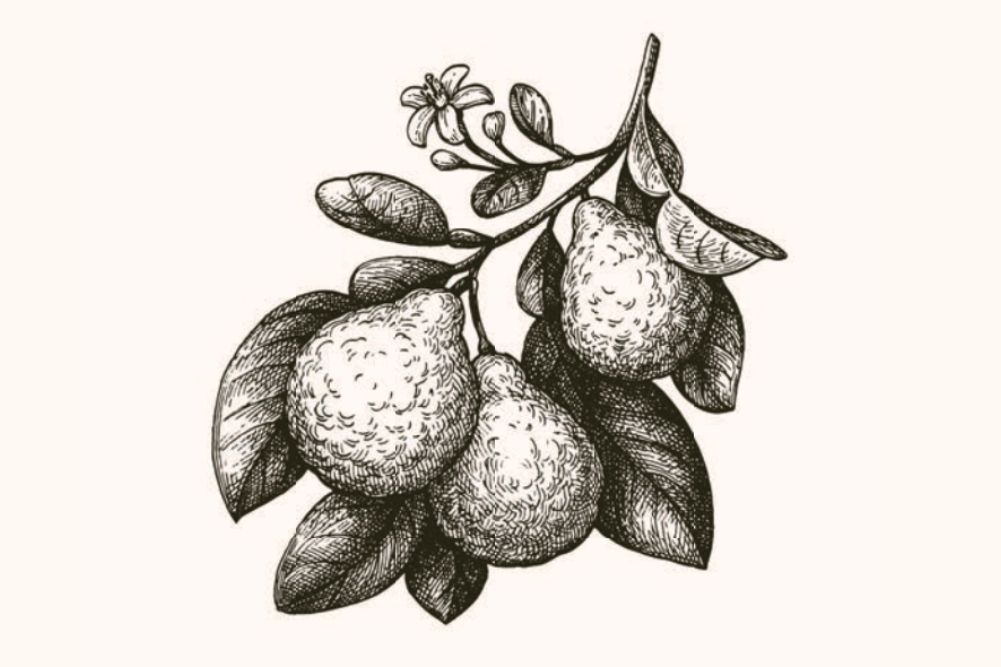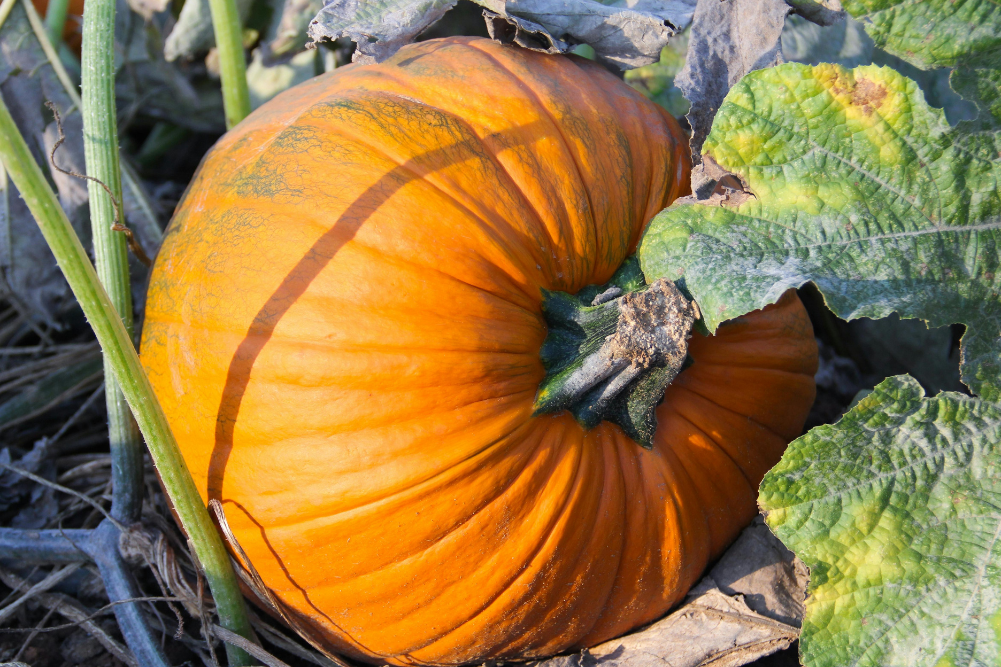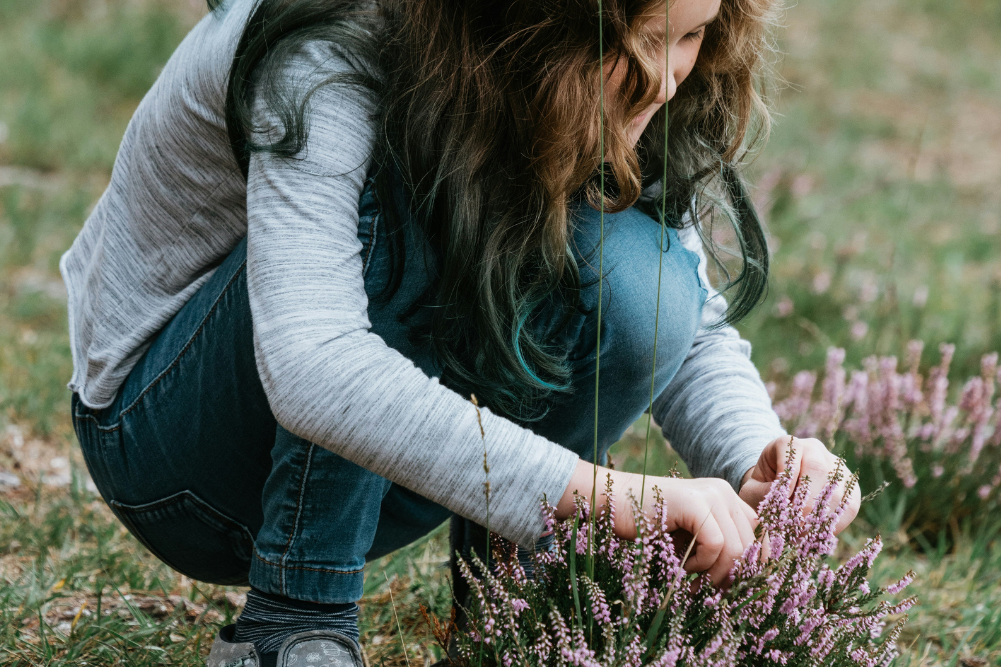Dancing through the Spring Garden
Celebrate spring’s growth with 10 simple gardening tips to plant, feed and enjoy the natural magic of spring.
Spring is not quite as magic here as it is in parts of the world blanketed by snow, but it still feels charmed, as if we are all slightly drunk on the scent of blossom and new-grown grass — and perhaps we are. We are only just beginning to accept scientifically what gardeners have known for millennia: the scents of soil ready for planting, of trees leafing, of blossom and nesting birds deeply affect our physical and mental state.
Things grow in spring — they “spring up”. That is heady, just by itself. In many areas, a plant can make 80 per cent of its yearly growth in spring. That “spring growth spurt” really does exist. Make the most of it! Here are 10 things to do in the garden to reap all those springtime rewards.
-
Plant! Spring is the perfect time to plant almost anything that will grow in your climate, now that the soil has warmed up and before the heat, storms or humidity of summer set in. Plant flowers, vegetables, fruit trees, perennials, ornamentals. The only things not to plant now are those that need cold weather to fatten them, like onions, or, in humid areas, that might ripen when summer’s humidity comes and threatens everything with an avalanche of fungi, mildews, rots and rusts.
-
Haul out. Winter debris helps protect gardens from weeds, but this is the time to pull out the old corn stalks and the dismal remnants of last season’s dahlias. Compost them or throw them (neatly) under a tree that needs mulch — just not right up to the trunk or you might trigger bark or wood rot.
-
Enjoy! The first of the season’s roses bloom now. You’ll have spring grevilleas, bulbs such as daffodils, exquisitely perfumed daphnes, irises, late-blooming camellias and early-blooming lilacs, clematis or the violet-blue pea flowers of hardenbergia and hundreds more.
-
Weed. Spring’s bare soil means weed seeds germinate. The good news is that at this stage most weeds can be easily scratched out, before they have time to put down stubborn roots. Older perennial weeds that already have deep roots have exhausted much of their growing power over winter. Mow them, and keep mowing them, until their roots are so exhausted they stop putting out shoots above the soil.
-
Slug it out with snails. Put out “bait stations” — snail bait in old ice-cream or butter containers, with the lids taped on and doors cut in the sides. This stops the pellets being turned to sludge when it rains or you water the garden and helps keep them away from anything else that might be harmed by them.
-
Ignore the aphids and other spring sap suckers. Spring is also the time when you may see tiny sap-sucking aphids, or spider mites that leave web-like trails over leaves. The best way to get rid of these is to wait until the birds and emerging insect predators eat them.
-
Beware of mulch. Mulch is great if you want to keep your spring flowers blooming longer — if your soil stays cool longer, your flowers will bloom longer too. But if you want those yummy Christmas tomatoes or first soft-hearted spring lettuces, you need soil that warms up as fast as possible. Mulch keeps in moisture and fights weeds, but it does delay growth, at least until the soil warms up.
-
Water and feed. Good growth means good tucker. Water brings the nutrients to the plants’ roots. If you have spare water in your tanks or time to scatter fertiliser, this is the best possible time of year to give generously of both. Your garden will thank you — and you will thank your garden — once you see its growth.
-
Garden! There is something about spring that makes folk who have never held a trowel splurge a month’s rent on new plants. This is good only if you can afford it, and ONLY if you know you will tend those plants, so they aren’t smothered by weeds or wilt in midsummer. Experienced gardeners have learnt to restrict spring impulses (almost) and focus on feeding and watering existing plants, to get their maximum growth for the year.
-
Breathe and watch for one day. The Japanese have a ceremony where you sit and watch all day as the first cherry blossom opens, seeing the gradual unfolding of bud to flower. You may not have a cherry tree, but a wattle works as well, or a crab apple: any tree, shrub or bed of flowers that is opening its petals for spring. Lie under the tree, next to the flower bed or even from indoors, and take it all in.








